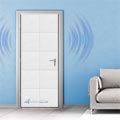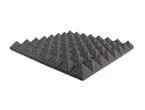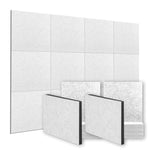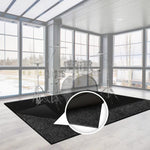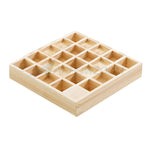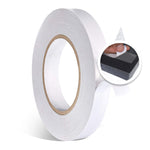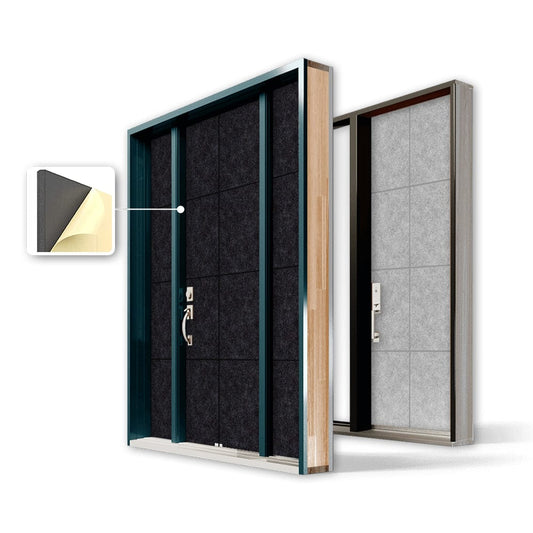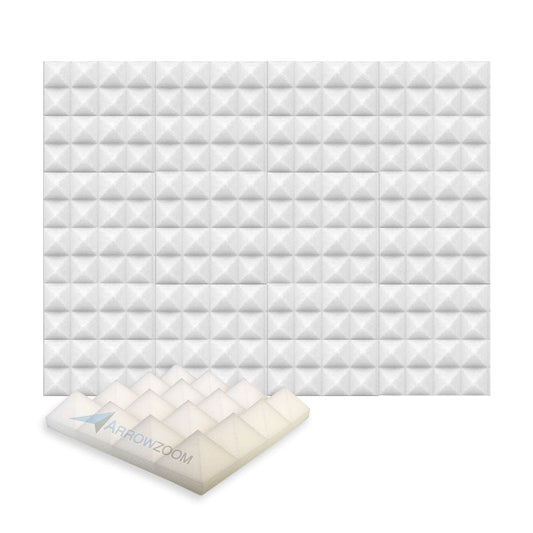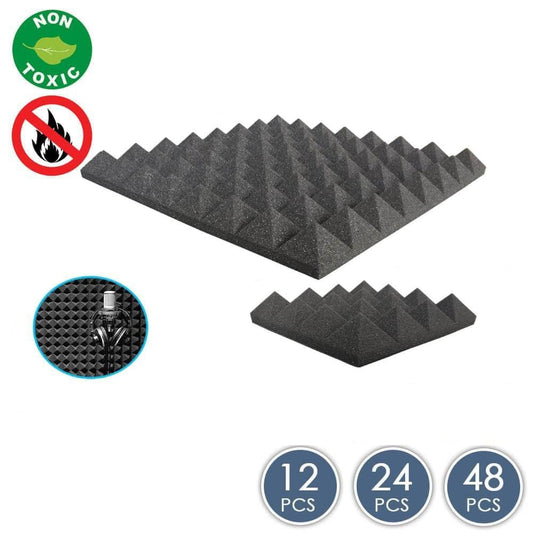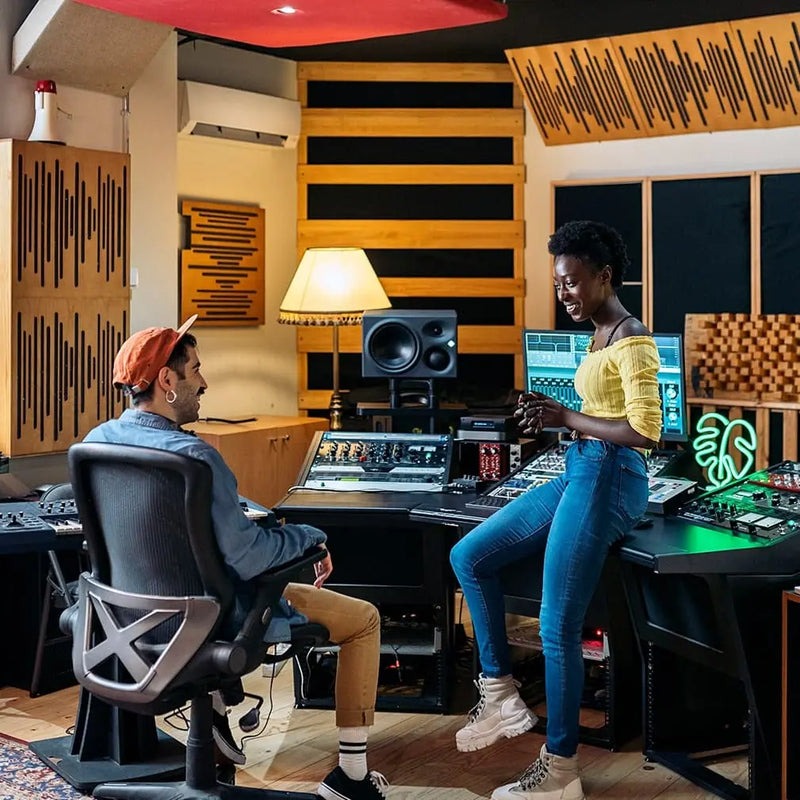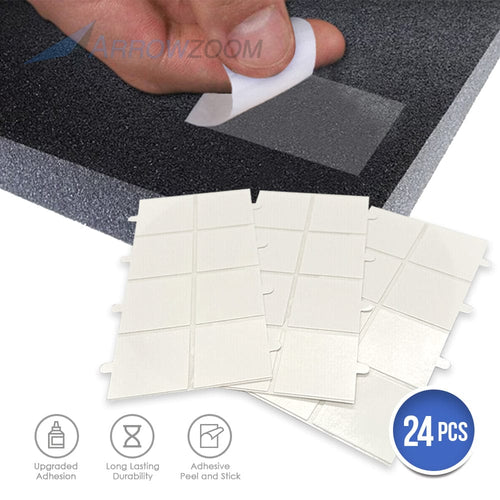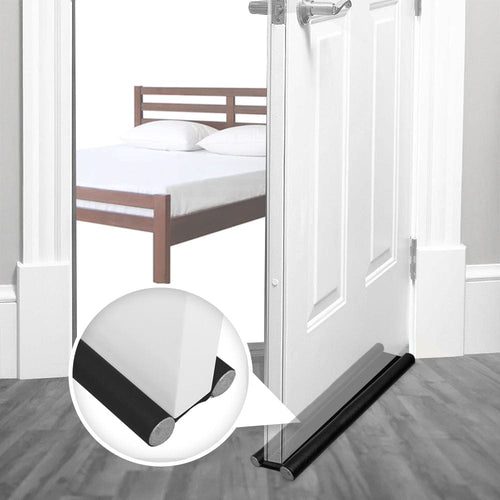While closed doors can do a decent job shutting out the noise outside your room, the cracks between a door and its casing or threshold offer just enough space for some sound to filter in. It's no wonder doors are prone to leaking sound. To achieve a more quiet room, it requires you to mix and match strategies in order to adequately seal these gaps. It does not only apply to your walls but also to your door.
Want to check out how? AustinSV, a YouTube influencer with over 54,000+ followers created a YouTube review on how to soundproof your door using polyester fabric panels and weather-strip. Here's how!
3 Ways How to Soundproof Your Door:
You can apply a DIY weather stripping door seal strip to stop leaks and aid with climate control. This also keeps out dust and insects. It is installed at the base of doors or the bottom of a door; between a door and its jamb. Clean it up a little bit make sure you give good seal. Then take your new weather stripping. A very smart home project indeed!
Polyester panels are always a great way to create a quick project. They are also made to be cut apart easily. Just draw a border or pencil lining and can be cut using a cutter for better slicing. Fabric Panels are a perfect solution for sound and echo absorption for just about any interior space.


It is very important that you determine your needs for the space. Whether that’s just enough quiet to fall asleep or complete silence for your room recording studio and get to work with one of these three methods. Try these multiple options to suit different needs and budgets for your door soundproofing.


